Gradually about allģ.
Issue February 17, 2004. Simulated ball lightning's structure formation: incipient structuring
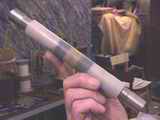
Within a polyethylene pipe in result of nonequilibrium electrical discharge the energy basis of ball lightning can be created - the metallics consisting of carbon and electrode's metal. (
Fig.1)The energy liberation in metallics reduces to their heating, blending with vaporized or softened hydrocarbon and nextly burning-off of hydrogen. Under ejection into an atmosphere conditions for this mass and during a burning-off the structuring take place.
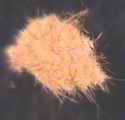
Let's consider an incipient state of structuring. For an early stopping of process of structuring the energy content of metallics should be taken out less, while relative amount of a polymetric compound Ś exuberant. Then in the discharge products the pieces of unusual substance can be found (
Fig.2). Their central part is formed by an inspissation of filaments (Fig.3), which are gradually rarefied at the periphery (Fig.4).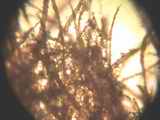
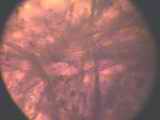
Some filaments have a major length and protrude far off, giving "hirsute" fashion to this object.

The filaments have the tape, cylindrical, spicular shape, form twigs and multiple branchings, which are similar to feelers of a squid (
Fig.5). It is interesting that the splitting of a thick filament in several thin ones can occur simultaneously, in one cross-section (Fig.6).
The filaments contain metallics by a diameter about 1 micron, which form different frames inside and outside (Figs.
7,8).
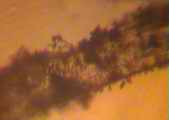
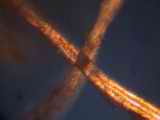
The microscopy of two intersecting tape-like filaments between two cross polarizers demonstrates a birefringence being typical for anisotropic polymetric compounds (
Fig.9).Thus, at the initial stage the structural basis of our ball lightning is polymeric. Up to a burning-out of a polymetric compound with shaping of stronger filamentary carbon-metal skeleton